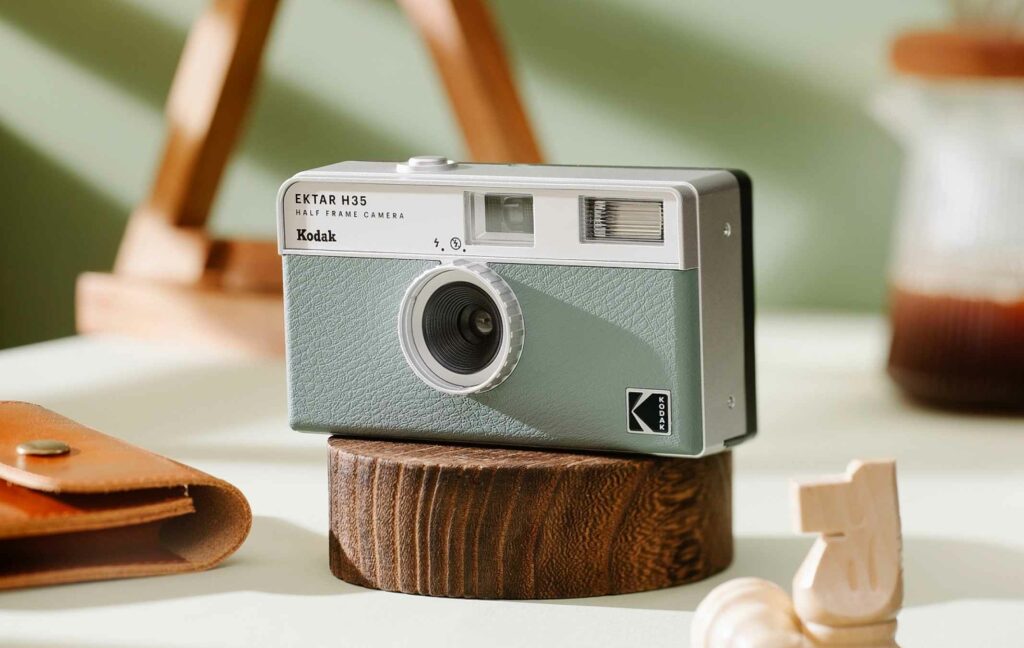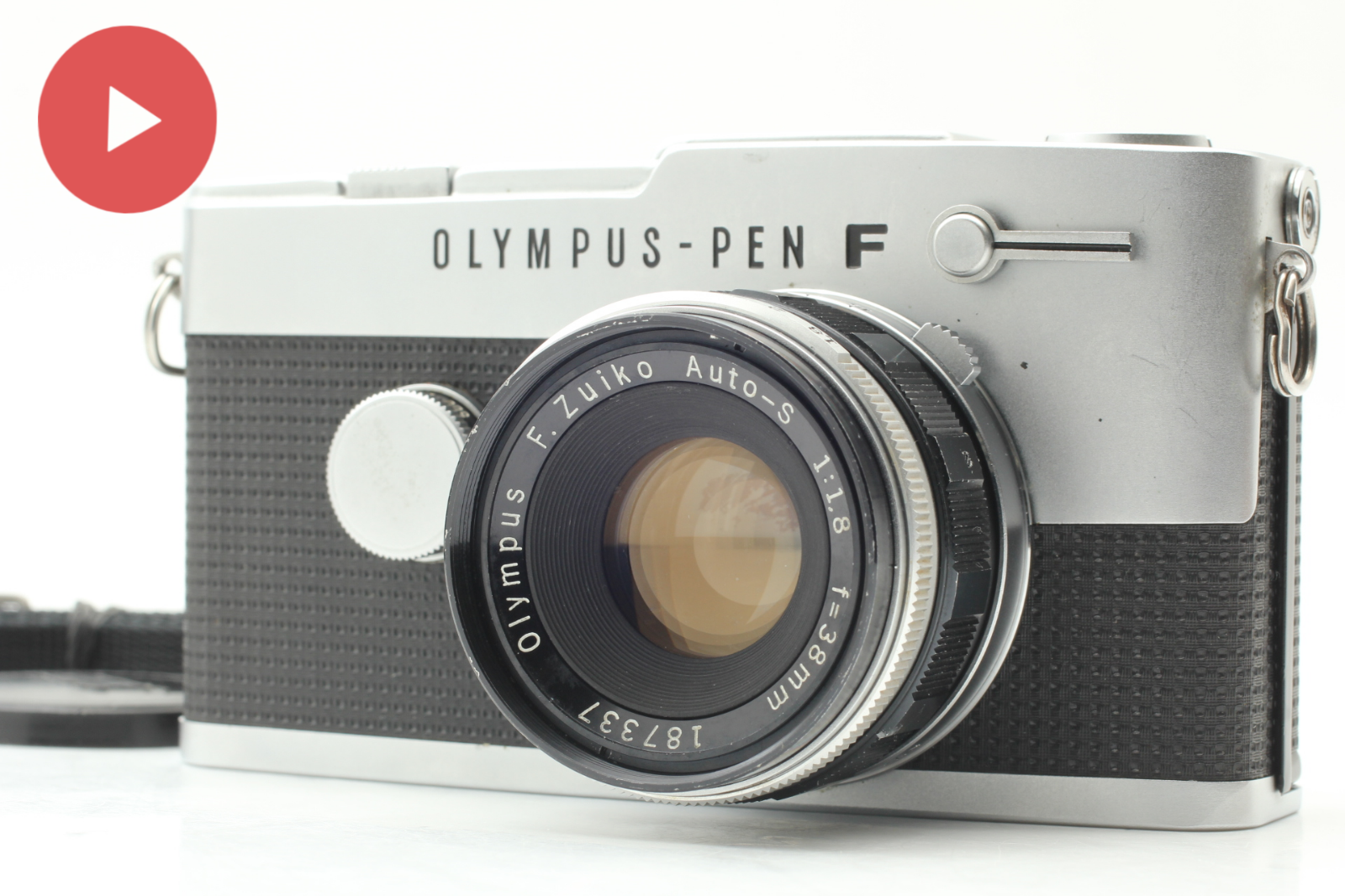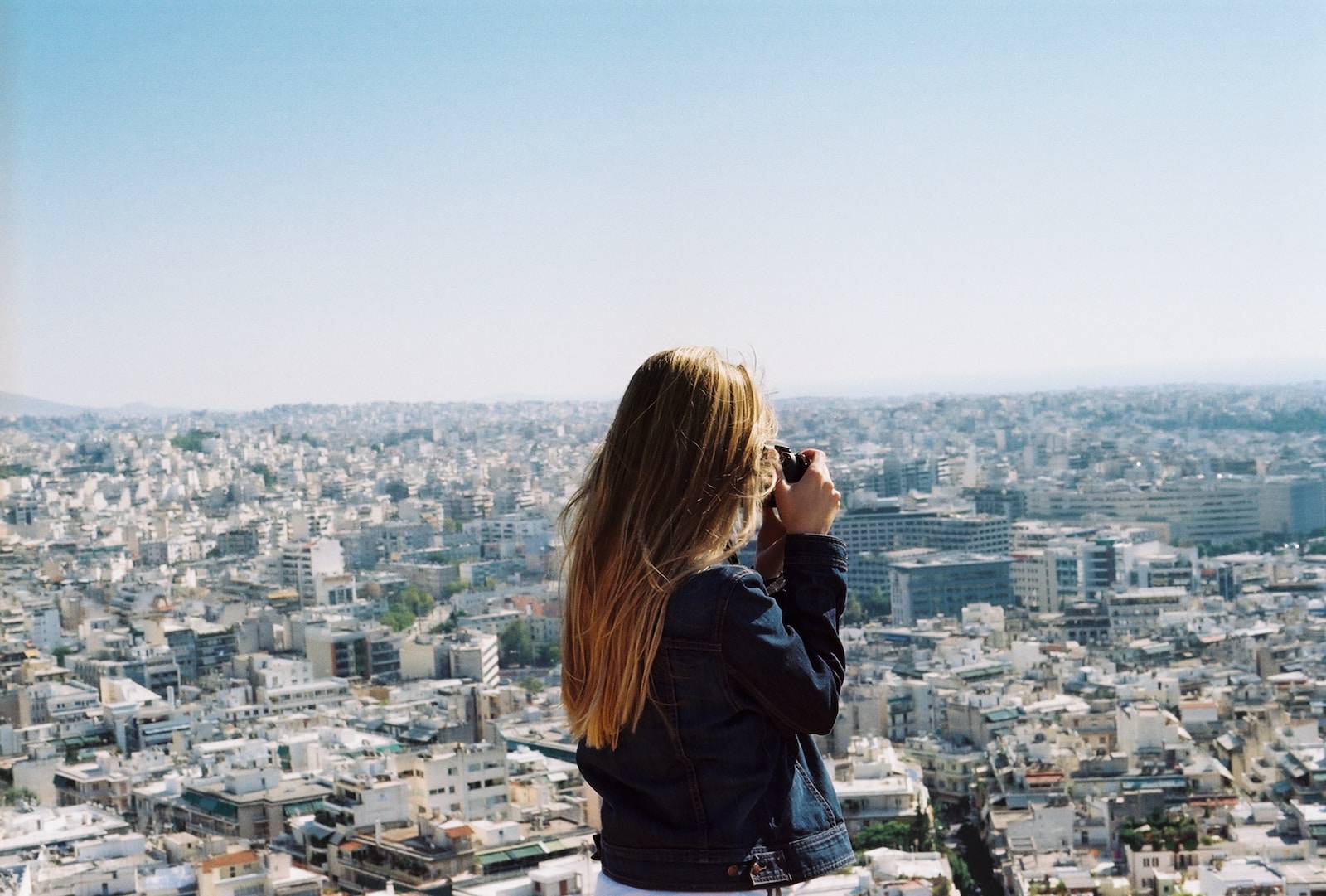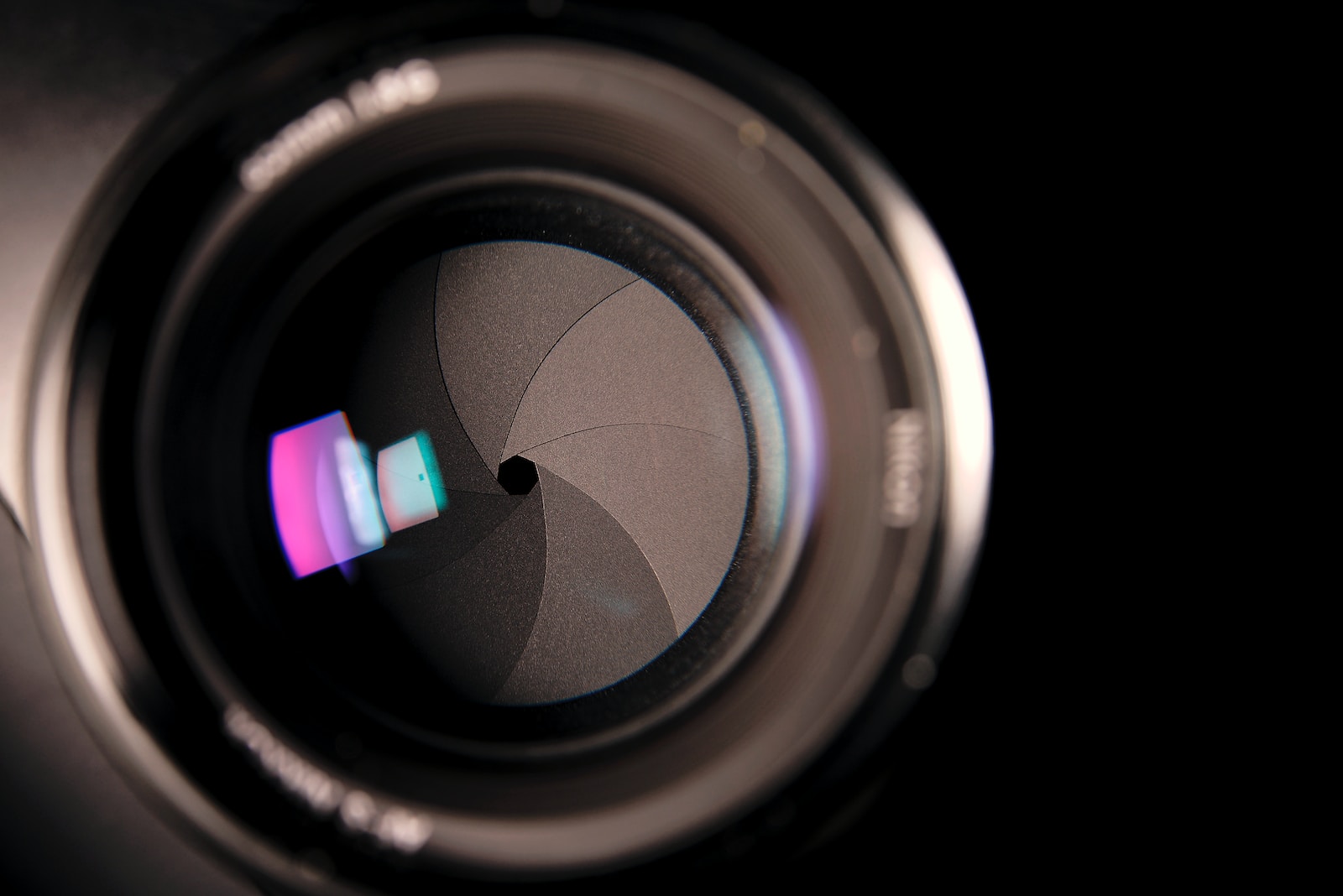Welcome to our comprehensive comparison of half frame vs full frame cameras! If you’re a photography enthusiast or professional looking to upgrade your gear, understanding the differences between these two formats is crucial. In this blog, we’ll delve into the technical disparities, explore their practical applications, and help you determine which one best suits your style. So, let’s dive in and uncover the fascinating world of half-frame and full-frame cameras!
Table of Contents
- The Basics: Half-Frame and Full-Frame Defined
- A Relevant Case Study: Overcoming Challenges
- Frequently Asked Questions
- What is the difference between a half-frame and a full-frame camera?
- How does the image quality differ between half-frame and full-frame cameras?
- What are the advantages of using a half-frame camera?
- When should I consider using a full-frame camera?
- Can I use the same lenses on both half-frame and full-frame cameras?
- Which camera type is suitable for beginners?
- Are full-frame cameras worth the investment?
- Wrap Up
The Basics: Half-Frame and Full-Frame Defined
To start our exploration, let’s first define the terms. Half-frame and full-frame refer to the size of the camera’s image sensor. In a half-frame camera, the sensor is approximately half the size of a full-frame sensor. This size disparity has significant implications for image quality, depth of field, and field of view. Understanding these differences is essential to make an informed decision when purchasing a new camera.
Image Quality: The Megapixel Myth
Many photographers equate image quality with megapixels, assuming that more megapixels result in better pictures. However, the sensor size is equally important. In this section, we’ll explain why a larger sensor often produces superior image quality, offering better low-light performance, dynamic range, and overall clarity. Don’t fall into the “megapixel myth” trap – there’s more to image quality than just the number of pixels!
Depth of Field: Controlling Focus and Bokeh
The depth of field refers to the range of distance over which your image appears in focus. It plays a crucial role in drawing attention to your subject and creating a pleasing background blur, known as bokeh. Half-frame and full-frame cameras have distinct characteristics when it comes to depth of field. Join us as we explore the effects of sensor size on focus control and achieving that creamy bokeh effect.
Field of View: Capturing More or Less?
Another critical aspect affected by sensor size is the field of view. A larger sensor captures a wider angle of view, allowing you to fit more into your frame. On the other hand, a smaller sensor narrows the field of view, potentially amplifying the focal length’s magnification. We’ll examine how these differences impact your composition choices and help you understand which format suits your shooting preferences.
Practical Applications: Choosing the Right Format
Ultimately, the choice between a half-frame and full-frame camera boils down to your specific needs and shooting style. In this section, we’ll explore various scenarios and genres, such as landscape photography, portraiture, and street photography, and discuss which format excels in each area. By understanding the practical applications of these cameras, you can make an informed decision that enhances your photography workflow and overall satisfaction.
Which Format Is Right for You?
Now that we’ve dissected the differences, advantages, and limitations of half-frame and full-frame cameras, it’s time for you to decide. Consider your budget, intended use, and personal preferences. Both formats have their strengths and weaknesses, and the decision ultimately depends on your creative vision. Whichever format you choose, keep exploring, honing your skills, and capturing those awe-inspiring moments that define your photographic journey!
Interesting fact: Did you know that half-frame cameras gained popularity in the 1960s and 1970s as a cost-effective alternative, allowing photographers to capture twice as many images on a single roll of film?
A Relevant Case Study: Overcoming Challenges
In order to fully understand the differences between half-frame and full-frame cameras, it’s crucial to delve into real-life experiences and challenges faced by photographers. One such case study that sheds light on these differences is the story of renowned photographer, Sarah Thompson.
The Challenge: Capturing a Rapidly Evolving Scene
Sarah was assigned to photograph a high-paced fashion show, where the models would be moving swiftly across the runway. The goal was to capture their stunning outfits and expressions, freezing those awe-inspiring moments in time. However, Sarah encountered a major challenge when it came to choosing the right camera for this fast-paced event.
She wanted to ensure that every shot was tack-sharp, with minimal motion blur, and that she had the flexibility to frame her shots perfectly. Sarah was torn between using her trusted half-frame camera, which was lightweight and had excellent burst shooting capabilities, and investing in a full-frame camera, known for its superior image quality at high ISO settings.
The Solution: Utilizing the Advantages of Both
After careful consideration, Sarah decided to use both cameras during the fashion show, taking advantage of the unique strengths offered by each. She used her half-frame camera with its fast burst shooting to capture the models’ dynamic movements and ensure she wouldn’t miss any crucial moments. At the same time, she utilized the full-frame camera to capture detailed close-ups and shots with shallow depth of field, showcasing the intricate details of the designer garments.
By leveraging the advantages of both half-frame and full-frame cameras, Sarah managed to overcome the challenge of capturing a rapidly evolving scene like a fashion show. Her photographs truly stood out, with a combination of sharpness, clarity, and beautifully blurred backgrounds that showcased the artistry behind the garments.
The Takeaway: The Importance of Flexibility
This case study highlights the importance of flexibility in choosing the right camera for specific shooting situations. Different scenarios call for different tools, and being able to adapt to the needs of the subject or event can significantly enhance the overall result.
When faced with fast-paced situations like fashion shows, half-frame cameras excel at capturing multiple frames per second, ensuring you don’t miss a single moment. On the other hand, full-frame cameras offer superior image quality and low-light performance, making them ideal for situations where clarity and fine details are essential.
Ultimately, understanding the technical differences and the practical applications of both half-frame and full-frame cameras can empower photographers to choose the right tool for the job. By considering their unique strengths and combining them when necessary, photographers can elevate their craft and create breathtaking images that truly capture the essence of the subject.

Frequently Asked Questions
What is the difference between a half-frame and a full-frame camera?
The main difference lies in the size of the image sensor. A half-frame camera uses a smaller image sensor compared to a full-frame camera. This means that the individual pixels on a half-frame camera are smaller.
How does the image quality differ between half-frame and full-frame cameras?
Full-frame cameras generally produce higher image quality due to their larger image sensors. The larger pixels on a full-frame camera collect more light, resulting in improved dynamic range, better low-light performance, and sharper details.
What are the advantages of using a half-frame camera?
Half-frame cameras are more compact and lightweight, making them ideal for travel or street photography. They also tend to be more affordable than full-frame cameras. Additionally, the smaller image sensor of a half-frame camera can create a unique aesthetic with a greater depth of field.
When should I consider using a full-frame camera?
If you prioritize image quality, especially in low-light situations or when shooting high-resolution images, a full-frame camera is a great choice. Full-frame cameras excel in areas such as landscape, portrait, and studio photography where image detail and dynamic range play a crucial role.
Can I use the same lenses on both half-frame and full-frame cameras?
Yes, you can use the same lenses on both types of cameras. However, due to the difference in image sensor size, the effective focal length of a lens may vary. Lenses designed for full-frame cameras will deliver their intended focal length on those cameras, while on a half-frame camera, they will have a field of view equivalent to a longer focal length.
Which camera type is suitable for beginners?
For beginners, a half-frame camera can be a great option. They are typically more affordable, easier to handle, and offer a wide range of features suitable for learning photography. Half-frame cameras allow beginners to explore different photography techniques without breaking the bank.
Are full-frame cameras worth the investment?
Investing in a full-frame camera is worth it if you are serious about photography and demand the best image quality and performance. Full-frame cameras provide professional-grade features and deliver exceptional results, making them a valuable tool for dedicated photographers.
Wrap Up
Now that you have a clear understanding of the differences between half-frame and full-frame cameras, it’s time for you to put this knowledge into action. Consider your photography goals and style, and decide which camera type best suits your needs.
Remember, while half-frame cameras may be more compact and offer more shots per roll, full-frame cameras provide superior image quality and offer more control over depth of field. It’s all about finding the right balance and prioritizing what matters most to you as a photographer.
So, what are your thoughts? Which camera type do you prefer, and why? Leave a comment below and let’s engage in a discussion to broaden our understanding of these fascinating tools.



